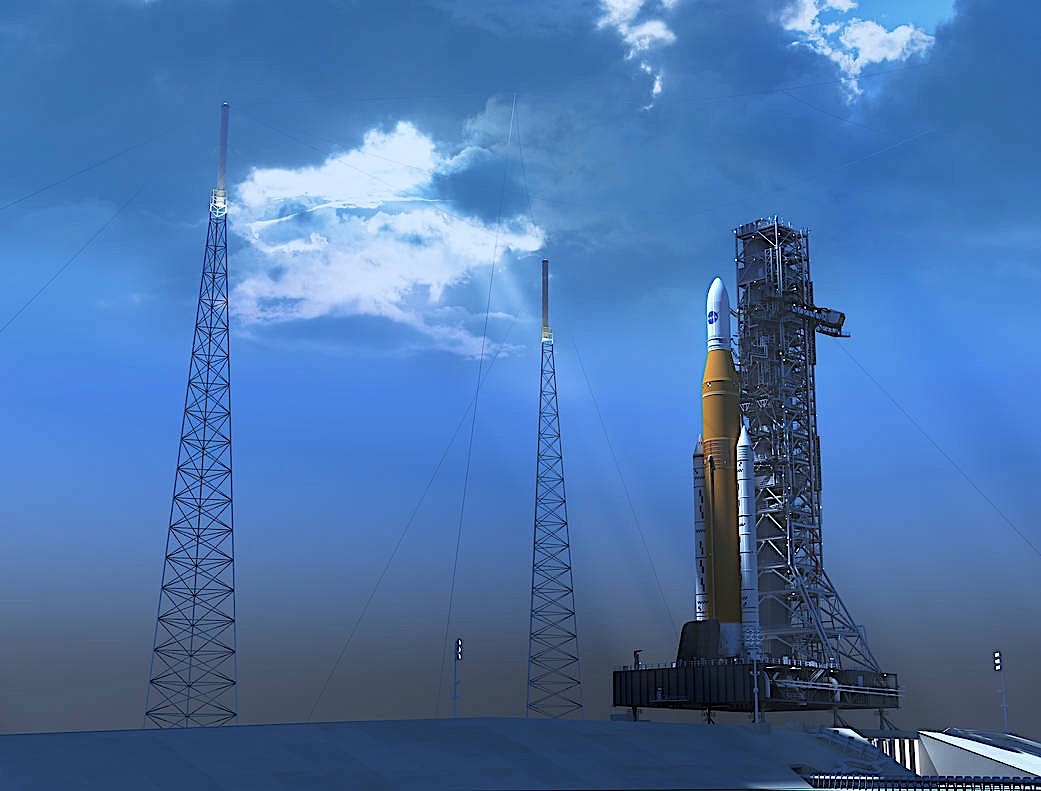Leveraging past achievements is a cornerstone of NASA’s strategy. By utilizing existing technology, they can streamline development and reduce costs for new endeavors. The Artemis program exemplifies this approach.
This ambitious lunar exploration initiative, which began with an uncrewed mission in 2022, is on track despite minor delays. A key element of Artemis is the Space Launch System (SLS) rocket.
The SLS incorporates powerful RS-25 engines, originally designed for the Space Shuttle program. These remarkable engines, built by Aerojet Rocketdyne, provided the extra thrust needed for liftoff.
Foresight led NASA and Aerojet Rocketdyne to preserve these engines after the Space Shuttle’s retirement, paving the way for their successful reuse in Artemis.

NASA’s Space Launch System (SLS), designed for deep space exploration missions, takes advantage of proven technology.
The core stage of the SLS is powered by RS-25 engines, known for their reliability, efficiency, and high performance. These engines played a vital role in the success of the Space Shuttle program and are being used for the initial Artemis missions.
However, some modifications were necessary for the SLS. While Artemis I-V utilizes previously flown or upgraded shuttle-era RS-25s, missions beyond Artemis V will incorporate new RS-25 variants designed specifically for the SLS.
These new engines will offer reduced production costs and increased thrust capabilities, paving the way for future deep space exploration endeavors.

